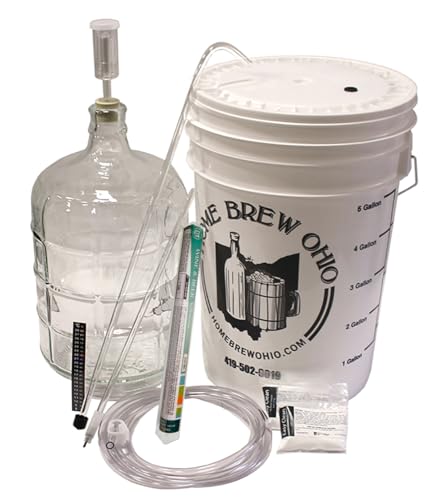(75 x NaOH-concentration x ml-NaOH)/ml-Wine = TA
75 is the weight of tartaric acid but most of the wines I make are fruit wines which contain mostly malic and citric acids. Should I be calculating with 64 for malic rather than 75 for tartaric?
Does it make THAT much difference?
Thanks
Ray...
75 is the weight of tartaric acid but most of the wines I make are fruit wines which contain mostly malic and citric acids. Should I be calculating with 64 for malic rather than 75 for tartaric?
Does it make THAT much difference?
Thanks
Ray...




 (thank goodness).
(thank goodness).














































